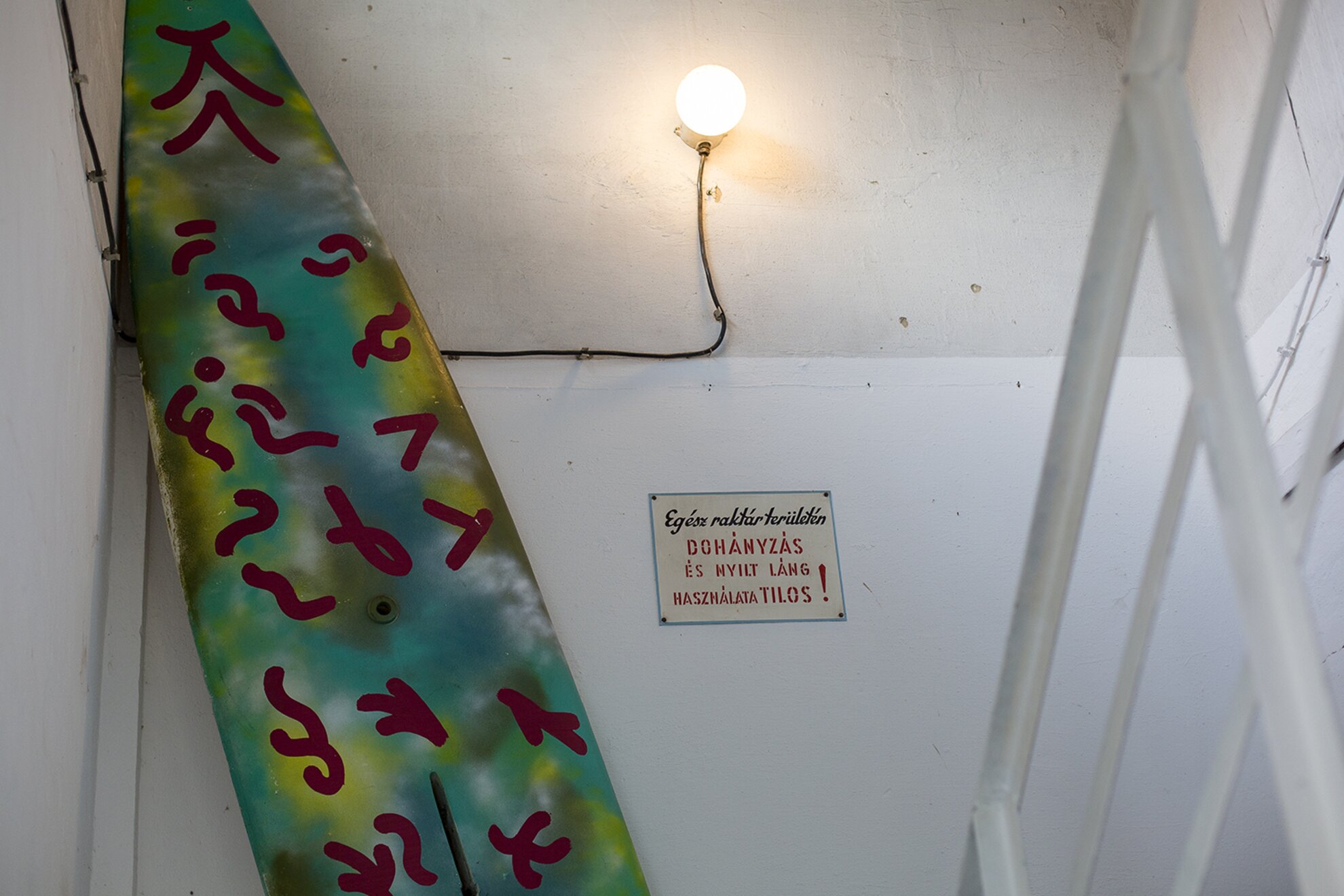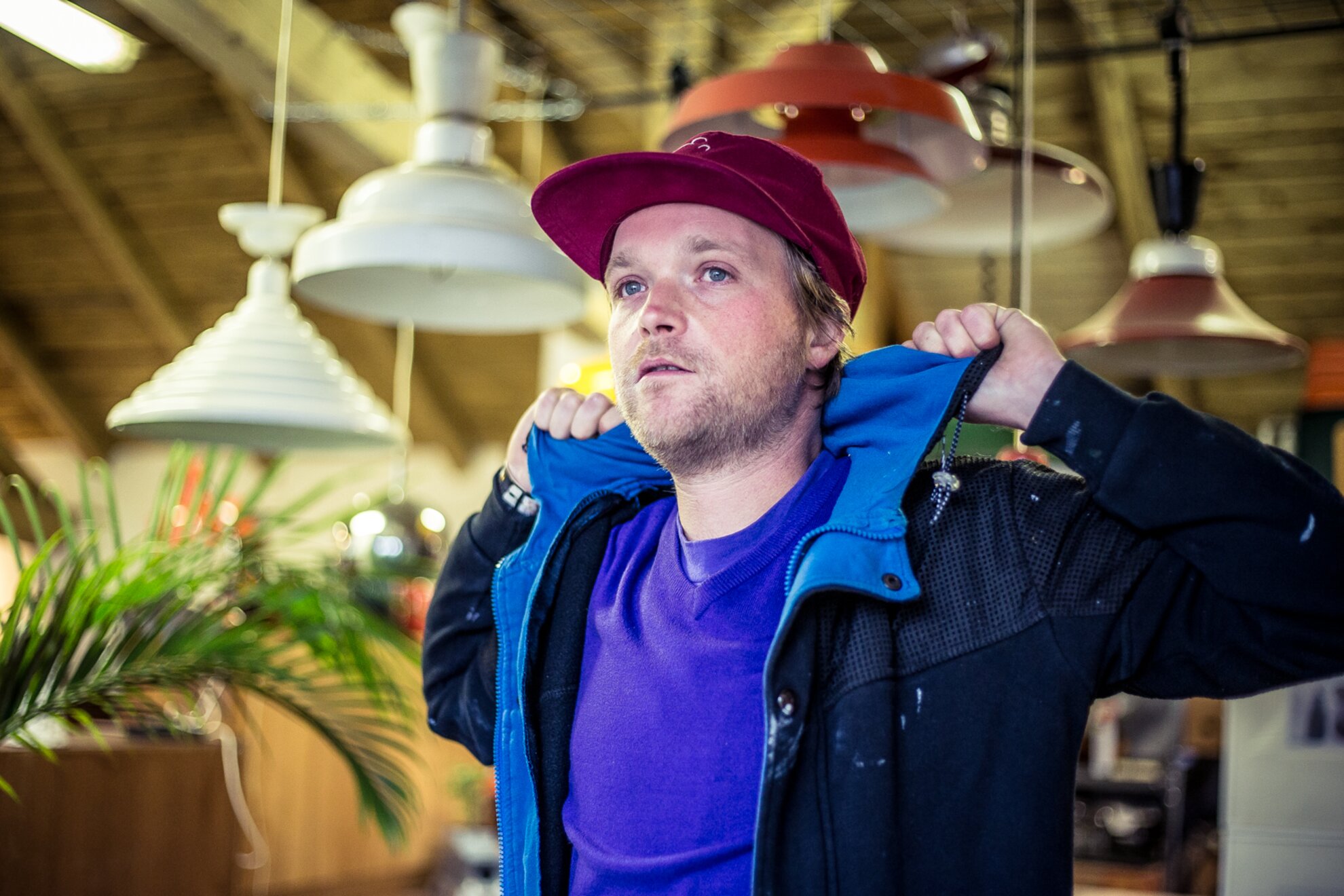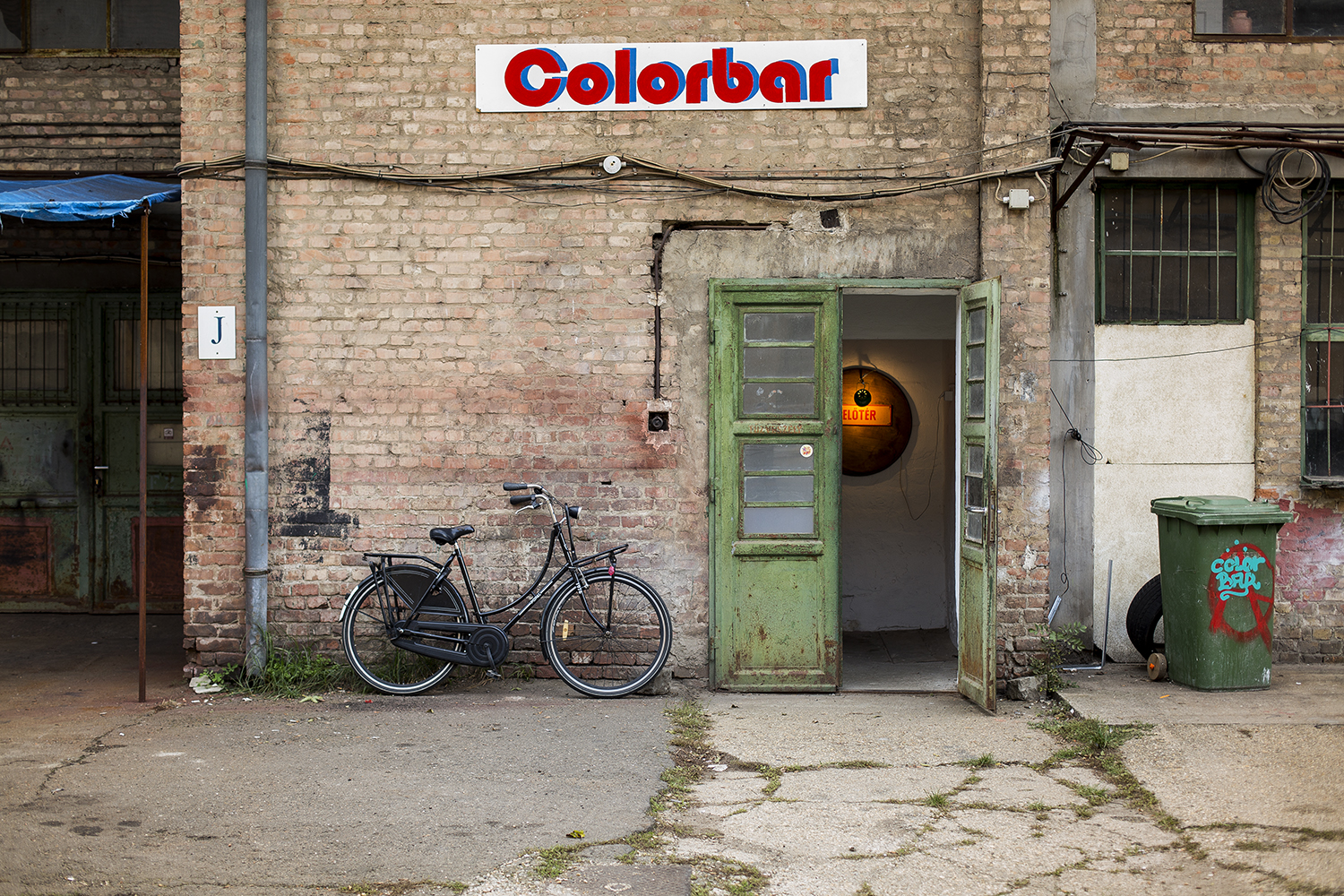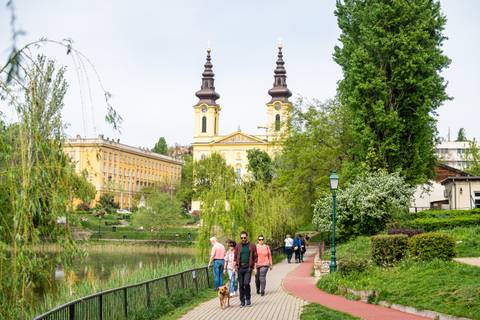Magyar dreamers Zsolt Szakál and Tomi Budha decided to get creative and establish something that Budapest lacked, but instead of doing so amid the urban jungle, they picked a much less crowded – yet exciting – location. Népsziget island might be an unknown area for many, but it’s a truly colorful spot, with mysterious old buildings of ship-building factories, a giant “iron giraffe”, plenty of workshops, and fried-fish joints. Rumor has it that one of the coolest Airbnb apartments of the city is also here. We visited Népsziget to check out Colorbar, and now we can’t wait for spring to arrive.
The DIY craze is at its height in Budapest; everyone is crafting, or at least trying to create unique objects, so that they can have something truly one-of-a-kind. Of course, determination and a lot of time spent on Pinterest are not enough; one needs plenty of creativity and skills – which often ends the projects before they really begin. It’s not easy to get singular furniture and décor pieces, as they are either unaffordable or we can’t afford them, as we mostly look for the objects that suit our personality and home at mass retailers.

Colorbar was already established – it resided on Magyar Street, in a small shop ran by Zsolt Szakál; however, it got too big and needed a larger space, plus they wanted to relocate – with Tomi Budha on board – somewhere cooler, somewhere with a heart, especially since the institution transformed into a project. Thus they picked Zsilip Street on Népsziget island, where the attic of building “J” on lot 9 is now the location of the new Colorbar – with all its smaller décor items, larger furniture, countless lamps, and trinkets of all sorts that make an apartment more colorful.

Upcycling is an important element: on top of recycling something, they give the object a new function or purpose. In fact, besides buying the curiosities of Colorbar, one can also rent them. If, for example, someone needs 40 identical school-desk chairs for filming a commercial, no problem, they’ll get it. Time is not an obstacle, as Colorbar has no opening hours; it opens based on check-ins via telephone. Visitors with an affinity for the genre surely won’t leave with empty hands. We don’t want to talk about prices, as everything is estimated individually, taking into account the hours spent with the necessary repair works. One thing is sure: when checking an auction catalog which included pieces from here, the prices didn’t seem any higher that they would be at a mass-retail store. The items they sell at Colorbar have a higher intellectual value, not to mention their aesthetic and historic worth. Who can tell who used to lie on that ’60s chaise longue?
The stock is mostly from Denmark, Austria, and, of course, Hungary. Anyone who’s familiar with Danish designs knows that high quality is guaranteed. Cabinets, chests, tables, and chairs made from teak and beech are all available.
Colorbar also aims to build a community, and to provide a cool environment for creating – or sometimes for partying. They already had a housewarming gathering in early October, bringing together a lot of friends, acquaintances, food and drinks, and an abundance of ideas – all of this in an unusual setting. Fortunately, all of the factories and workshops on Népsziget close by nightfall, so no one complains about the noise. The movement that Colorbar launched at its downtown location can get larger and cooler here. Tomi thinks that this suburban buzz is the future, the untapped potential of Budapest. Just like at Berlin or Copenhagen – we could catch up quite quickly. Something has started on Népsziget, and it will shift into high gear next spring.
Colorbar Facebook




